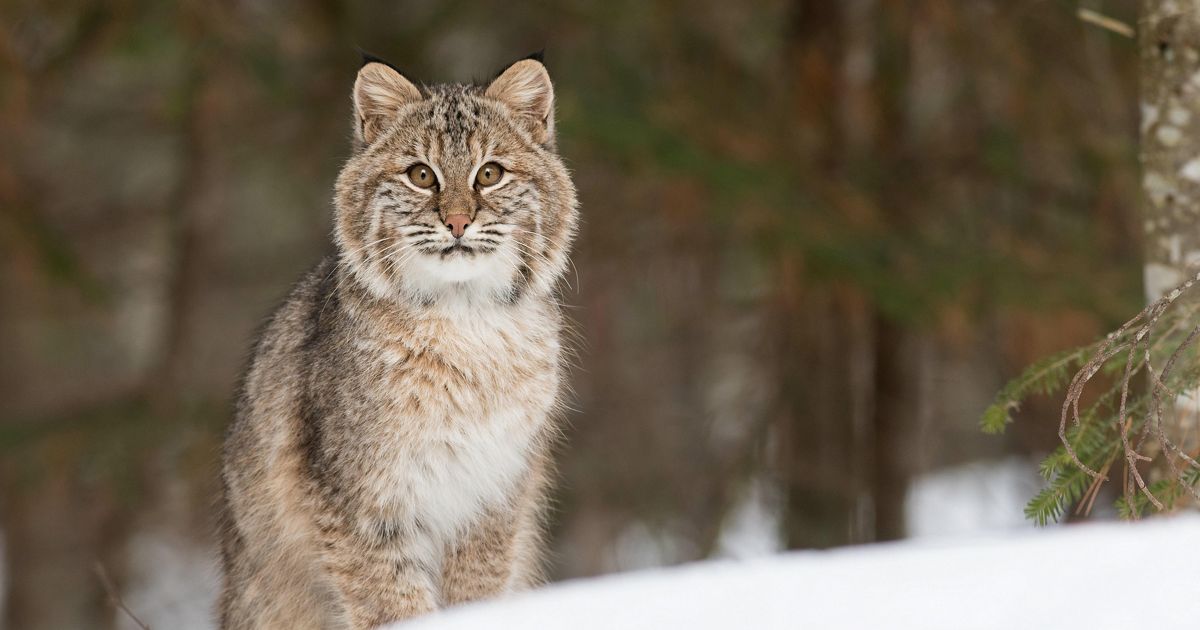
Unfortunately, the disastrous Dutch elm disease felled an estimated 77 million American elms in the 1970s. To restore American elms to their former importance on our floodplains, we are working with the US Forest Service to develop a genetically diverse population of elms that are Dutch elm disease-tolerant.
The restoration of elms is critical in protecting our forests and wetland complexes. These mighty forest giants bring with them an abundance of biodiversity, improving habitat quality for eagles, ospreys, barred owls, a host of breeding songbirds and mammals such as roosting bats and flying squirrels. They increase forest carbon production and provide natural cooling in forests. Both the bark and the leaves of an elm tree can be used medicinally to treat illnesses, and the durable quality of its bark is perfect for woodworking and building houses. Elms also play a featured role in improving water quality and climate resiliency in flood-prone areas.
Restoring Our Floodplains
Protecting and restoring floodplains can increase the amount of phosphorus they store by 37 pounds per acre per year.
Healthy wetlands soak up and store water during heavy rains and snow melts. They intercept many pollutants and prevent them from entering lakes, streams and rivers because they act as buffers between land and water bodies. By slowing down the flow of water, wetlands allow sediments to settle out and help break down toxic substances through biological processes. Wetland plants also absorb excess nutrients including phosphorus, which is commonly found in stormwater, industrial and domestic sewage, agricultural lands, and food waste. Too much phosphorus in our waters may lead to harmful effects to the environment such as the survival of detrimental aquatic organisms or toxic algae blooms.
The cost benefits of conserving and restoring our floodplains, wetlands and other natural communities are clear. It is only by working with nature that we can create durable solutions to some of our intractable environmental challenges, which is why we are working across the state to support functioning floodplains as an important solution to Vermont’s freshwater issues.
Learn more about our freshwater work.
